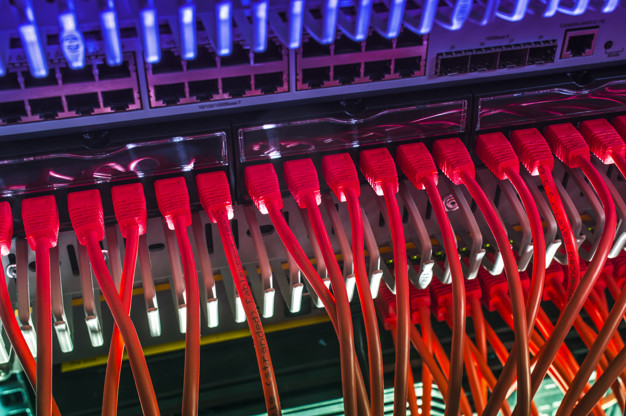To ensure the best customer experience and continued support for the latest technologies like Internet of Things and 5G, telco giant PLDT said it is stepping up the transition to the latest Internet Protocol version, IPv6.

Internet Protocol provides an identification and location system for computers on networks and routes traffic across the Internet. The most widely used protocol at present is IPv4, which is 32bit and provides approximately 4.2 billion addresses, which are now nearly depleted.
On the other hand, IPv6 is 128bit, which means it allows for a practically unlimited number of IP addresses. As more smartphones, laptops and smart home devices connect to the Internet, the need for more IP addresses is more important than ever, the telco said.
In the recent Asia Pacific Regional Internet Conference on Operational Technologies (APRICOT), PLDT said it showcased its efforts in ensuring that Filipinos are connected to the future of the Internet through IPv6.
About half of PLDT’s subscribers are getting IPv6, according to APNIC, the regional Internet address registry for the Asia-Pacific region.
While the global growth of IPv6 stalled because of the pandemic, the Philippines added more than 9 million IPv6 users in the last 24 months, ranking 9th worldwide. In 2020 alone, the Philippines added over 7 million IPv6 users, ranking fourth next to India (45 million), China (31 million) and Japan (8.9 million), according to figures presented by Geoff Huston of APNIC at APRICOT.
“What drives PLDT to shift to IPv6? Our North Star remains to be our customers and providing them with the best experience. Opening up our services to IPv6 will allow our customers to connect to the future of the Internet and get the best experience. This is also an assurance that we can continue to connect more Filipinos to the rest of the world,” said Cezar Abecina, AVP and head of transport network planning at PLDT in a presentation during the conference.
Crucial to the shift is PLDT’s network-wide transformation, which began in 2016, and aimed to expand, automate, and simplify the network in anticipation of the arrival of 5G and the Internet of Things.
“To support the massive connectivity requirements of 5G and IoT, we must be able to transition to IPv6,” Abecina said, adding that this would also support the needs of small home office setups, especially with the massive shift to work-from-home arrangements because of the pandemic.
“We are very happy to contribute to our country’s IPv6 capability through our network transformation efforts,” Abecina added.




